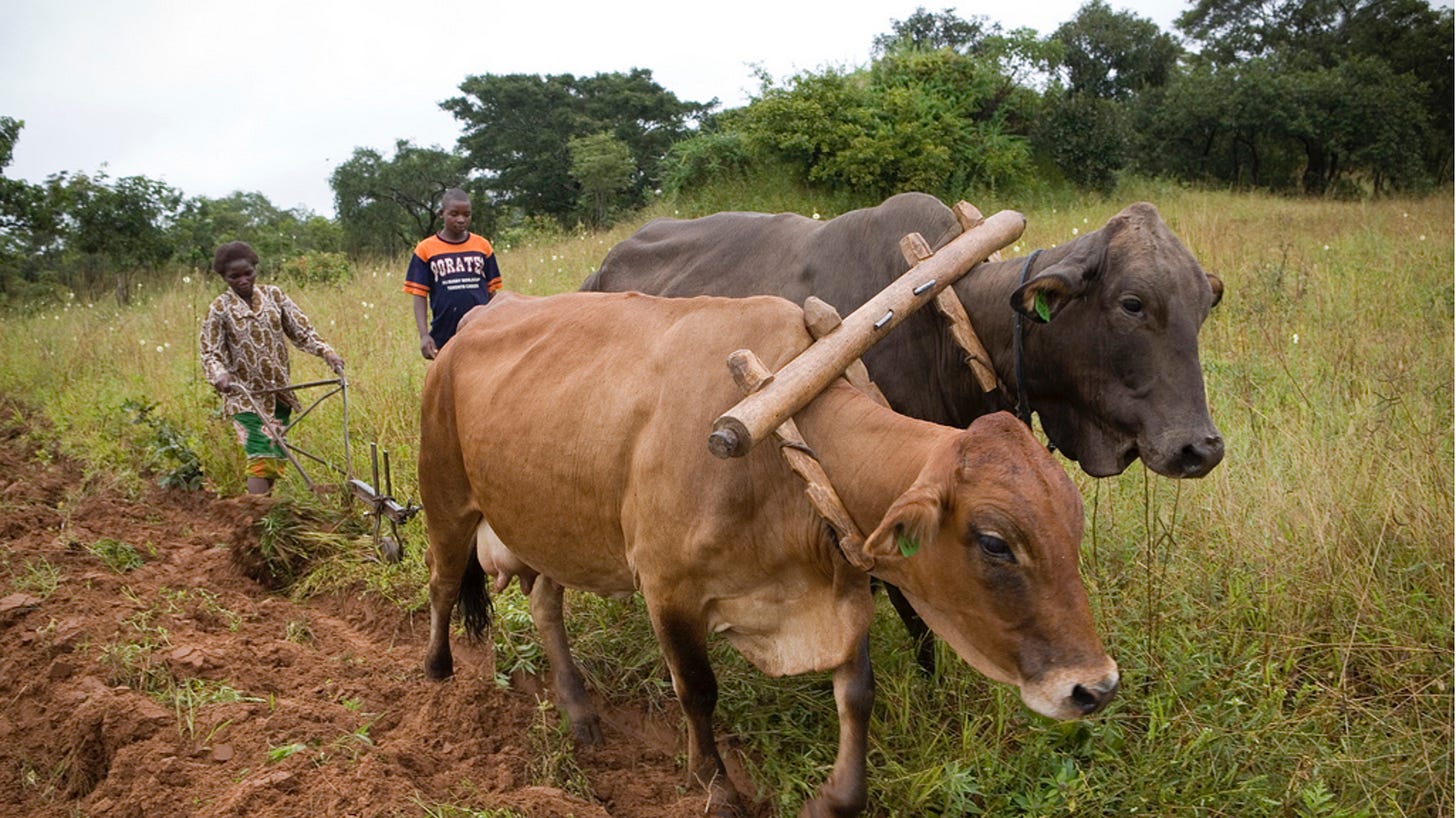When I hit “mid-life” and starting looking back at the successful and failures in my work (and life), what I noticed is that most of the failures were due to assumptions that I had never even noticed. Invisible assumptions.
When I started teaching business planning to MBAs and entrepreneurs, what I quickly discovered is that they all carry around these invisible assumptions too, and that their success was similarly based on making those assumptions visible.
My favorite example of this was Zamgoat. The founder came to Fledge in Seattle in 2015. To his great surprise, most Americans don’t own goats or eat goat meat. In Zambia, smallholder farmers showcase their wealth by owning goats. Not too dissimilar to American’s owning a large house and SUV.
That is a typical culture difference but not the big invisible assumption. That came when I started learning how cows are the most common animal in Zambia, followed by goats, then pigs and chicken. In most of the world, chicken is the most common source of meat, then pig, due to costs. Not in Zambia.
Every piece of market data I found online repeated the fact that cows are the most common animal, then goats, then third was so small to not matter.
It wasn’t until week 7 of 8 when the big, invisible assumption was unmasked.
We were working on the images to go along with the Demo Day pitch, and the entrepreneur found a picture indicative of smallholder farmers in Zambia…
For seven weeks I thought having more cows than goats meant that Zambians ate more beef than goat or chicken or pork. No. The cows are the plows. Those cows, when too old to plow, are too tough to eat. They truly just are plows.
And the goats… they are more of a show of wealth than food. They are only slaughtered for a wedding feast or another big moment when a farmer is willing to show off his wealth so much that he’s willing to give up a goat.
Once I had the big “a ha” moment about cows, the other assumptions because obvious too.
The other big assumption was that Zambian farmers eat meat on a regular basis. Most don’t. Most can’t afford it. Most are subsistence farmers. Which is why there are so few chicken and pigs in Zambia. It isn’t that they prefer beef and goat, it is that most Zambians can’t afford chicken or pork, or goat, or beef.
In honor of Zamgoat, at that Demo Day, we had the caterer served goat curry. To an American palette, it’s an “acquired taste.”




